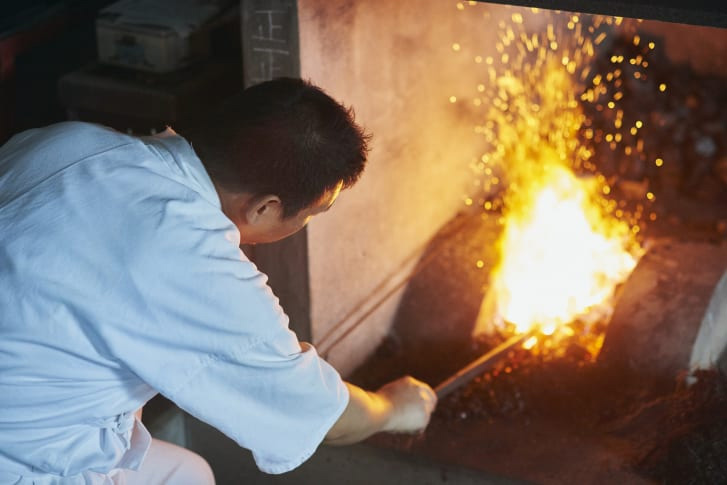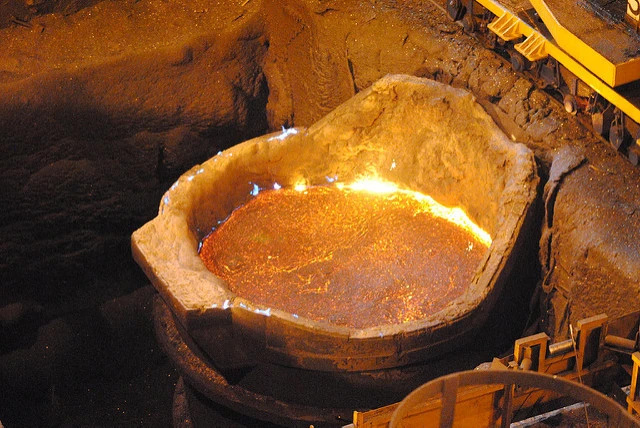Heat treatment method of japanese sword


Heat treatment is an important step in the process of forging japanese sword. It is used to strengthen the blade and increase its Vickers hardness level.
In order to better understand the importance of heat treatment in the making of japanese swords, you need to understand the composition of steel. Steel is essentially a combination of iron and carbon. When mixed together in the correct ratio, it produces an alloy that can be hardened. However, due to the uneven distribution of these carbon molecules, raw steel is very soft. To overcome this problem, the swordsman heated the steel to distribute the carbon molecules more evenly across the blade.
Traditional heat treatment
The exact method of heat treating a steel sword depends on many factors, including the specific type of steel, the sword, and the tools used. However, it usually involves heating the metal until it loses its magnetic properties, and then cooling it by quenching it in water, oil, or exposing it to air.
Next, the swordsman must heat the blade to approximately 450 degrees Fahrenheit, after which he or she can temper to reduce brittleness and increase its durability. This step is critical, because the newly heat-treated steel can easily break due to stress. The swordsmith may reheat the blade to 350-1400 degrees Fahrenheit, depending on the type of steel.

Differential Heat Treatment
Also known as selective heat treatment or local heat treatment, differential heat treatment is another common way for swordsmiths to heat steel blades.
Traditional European swordsmen perform heat treatment by quenching the entire blade in water or oil. However, Japanese swordsmiths use different heat treatments, and the meaning of applying a clay layer to the blade before heating is different. The clay forms a barrier on the blade itself, allowing the metal to cool quickly for maximum edge hardness. The swordsman applied a thicker layer of clay to the rest of the blade (not the edge) to let it cool down more slowly. The end result is a softer but more elastic steel that can withstand high-strength pressure without breaking.
Japanese swordsmen prefer differential heat treatment because many of their swords have a single blade. This method utilizes the power of this design by strengthening the non-cutting edge of the sword, thereby strengthening the cutting edge of the opposite part. Historically, European swordsmen avoided using clay in the heat treatment method and instead quenched the bare blades with water or oil.
Discover the many attractive options available for Katana swords and custom swords.
Want a unique sword? Feel free to contact us:
Phone: 086 13739276006
Email: [email protected]
Website: www.hanbonforge.com
Custom Sword Page: www.hanbonforge.com/CUSTOM-SWORDS/Custom-Your-Own-Swords

Leave a Comment